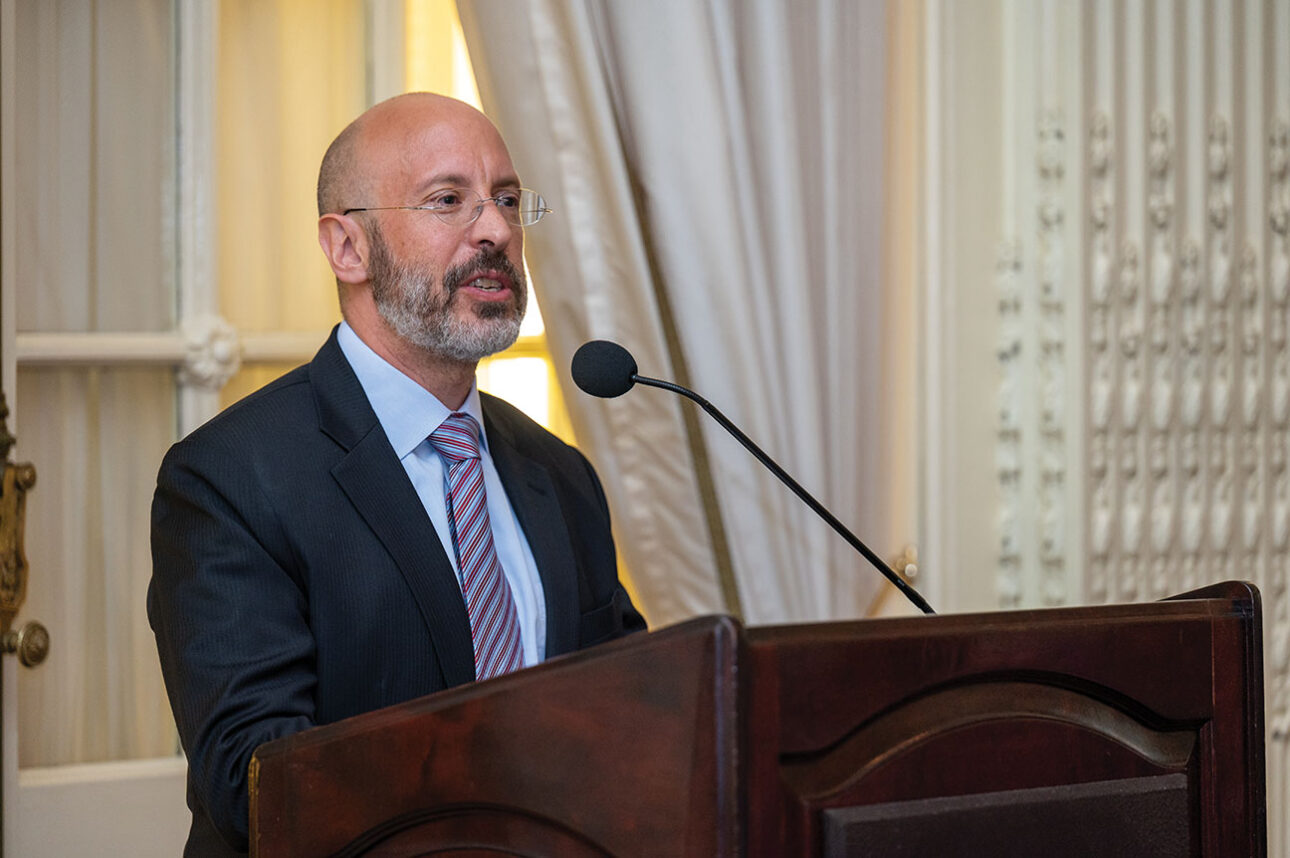Click here to learn how you can help the cause
Within hours of news that a 7.3 struck the island nation of Haiti, the American Jewish World Service mobilized a relief effort using established contacts in the region. AJWS sent out an appeal for funds to help the victims of the quake. This press release came from Allison Lee, AJWS Los Angeles Regional Director:
AJWS is collecting donations in response to this afternoon’s massive earthquake in Haiti, which registered a 7.3 on the Richter scale. Donations to AJWS’s “Haiti Earthquake Relief Fund,” which can be made at www.ajws.org/haitiearthquake, will enable AJWS’s network of grantees in Haiti to meet the urgent needs of the population based on real-time, on-the-ground assessments.
With a per capita income of $3.60 per day, Haiti is the most impoverished country in the Western Hemisphere. Thus, its population is especially vulnerable to natural disasters, such as today’s earthquake. Based on initial reports of widespread devastation and a high number of casualties, AJWS anticipates that the immediate and long-term needs will be profound and is coordinating with its in-country representatives to respond immediately.
“We are assessing where the gaps in service are and putting a process in place to help specific communities that might not be immediately served otherwise,” said AJWS’s vice president for programs, Aaron Dorfman. “Because of the economic and political situation in Haiti, disasters like this have devastating consequences throughout the country. Our long-standing partnerships with grassroots organizations in Haiti allow us to reach the poorest and most remote populations with the speed necessary to save lives.”
In an e-mail Lee said AJWS is also helping the relief efforts of other Jewish organizations, like the American Jewish Committee.
What the people of Haiti must be facing becomes clearer reading a piece that the journalist Amy Wilentz wrote in The Los Angeles Times in 2008 after hurricanes devastated the island:
Most houses in Haiti don’t have much in the way of foundations. At best, they may have a post or two driven into the ground. In La Saline, the slum where I spent most of my reporting time in Port-au-Prince, houses are for the most part nothing more than a patchwork, cobbled together from cast-off corrugated tin, oil drums hammered flat and other pieces of found metal and wood, with cardboard filling in the gaps. The floors are dirt. The door’s an old sheet during the day; at night a piece of metal is shut over the opening and fastened with twine.
These houses can fool the sun but they can’t fool the rain, as the expression goes in Haiti. They fall down in a strong storm and pile up against cement walls here and there, in their original pieces, like refuse. When the sun eventually dries everything out again, and drought replaces rain, people come to collect the bits that are left and, piling cardboard and tin on their heads, trudge off to rebuild their shantytown so it can be knocked down again in the next storm.
The topography doesn’t help. Haiti is essentially a big mountain range with a precipitous run down to a narrow coastline, so gravity does a lot of a storm’s destructive work. So does the island’s deforestation. Trees tend to keep soil in place with their root systems; without them, the slightest rains can loosen the topsoil. Big storms send tons of it down the mountainsides toward the coast like a big brown frappe. (This does double damage because it removes soil for future planting, as well as creating mudslides.)
The reason Haiti has no trees, or very few, is its utter poverty. Haitians don’t have much in the way of jobs (more than two-thirds of the population is unemployed), so they don’t have money to pay for gas or oil for electricity or cooking. Instead, they cut down trees and turn them into charcoal. In one deforested, charcoal-producing area, I saw medieval-style cookers buried in the ground, turning wood into fuel and sending up pungent smoke into the bleak landscape. In the towns, ladies sell huge black bags of charcoal, and everyone who works at the charcoal markets is covered in black dust from the destruction of Haiti’s forests.
I can’t imagine the situation has vastly improved in two years.
To contact the Haiti Earthquake Relief Fund, click here.























 More news and opinions than at a Shabbat dinner, right in your inbox.
More news and opinions than at a Shabbat dinner, right in your inbox.